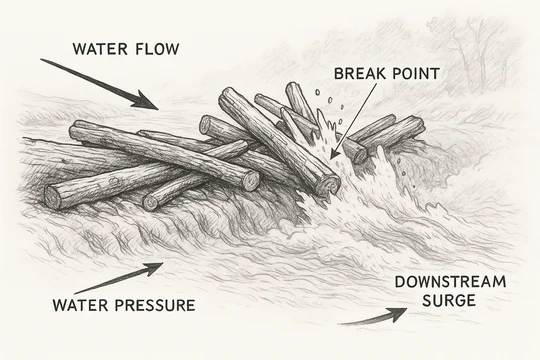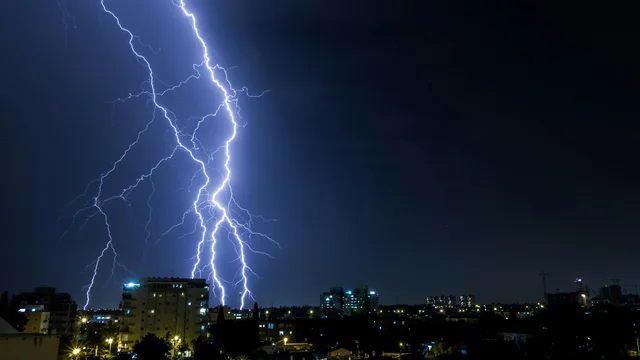
That is the question Judge Andrews addressed yesterday. He found that yes, a letter listing a patent and accused product is enough to state a claim in a complaint for pre-suit willfulness—the letter need not include things like claim charts or specific descriptions of product features:
I find that the notice letter sufficiently pleads knowledge for the eight patents-in-suit listed in the letter. The letter lists many LG products and states, " These products, and others made, used, sold, offered for sale, or imported into the United States by LG, infringe many of the patents in [Bench Walk's] portfolio." (D.I. 25-1 at 1-2). The letter then enumerates eleven patents, including eight of the ten patents-in-suit. (Id.) . . . There is no requirement that a plaintiff pleads notice of how specific product features infringe specific patents. A plaintiff must plead, as Bench Walk has, that defendants had (1) knowledge of the patents-in-suit and (2) knowledge of infringement.
Bench Walk Lighting LLC v. LG Innotek Co., C.A. No. 20-51-RGA (D. Del. Jan. 4, 2022).
Judge Andrews also held that a letter to one company may be sufficient to state a claim that sister entities also had notice:
LG also argues that the notice letter, which is addressed only to LG Innotek, does not put the other defendants on notice. . . . Bench Walk responds, "It is a fair inference that LG Innotek shared the Notice Letter with its parent and sister entities that are also involved in the manufacturing and selling the infringing products identified in the notice letter." . . . I agree. The SAC has pled, "Defendants are related entities that operate as part of a corporate group or common business enterprise[.]" . . . Construing the facts in the light most favorable to Bench Walk, I find that the SAC plausibly alleges notice to all defendants as to the eight patents-in-suit listed in the notice letter.
With the developing case law about whether or not a complaint—or a previous complaint—can establish a willfulness claim, it's worth keeping in mind just how easy it might be for a patentee to set up a willfulness claim pre-filing (at the risk, of course, of a DJ action).
It will be interesting to see whether we start having cases down the line where plaintiffs send infringement notice letters days, hours, or even minutes before filing a complaint, to establish a claim for pre-suit willfulness. Maybe we'll have some new front runners for "the most de minimis claim of willful infringement in this Court’s history."
If you enjoyed this post, consider subscribing to receive free e-mail updates about new posts.





